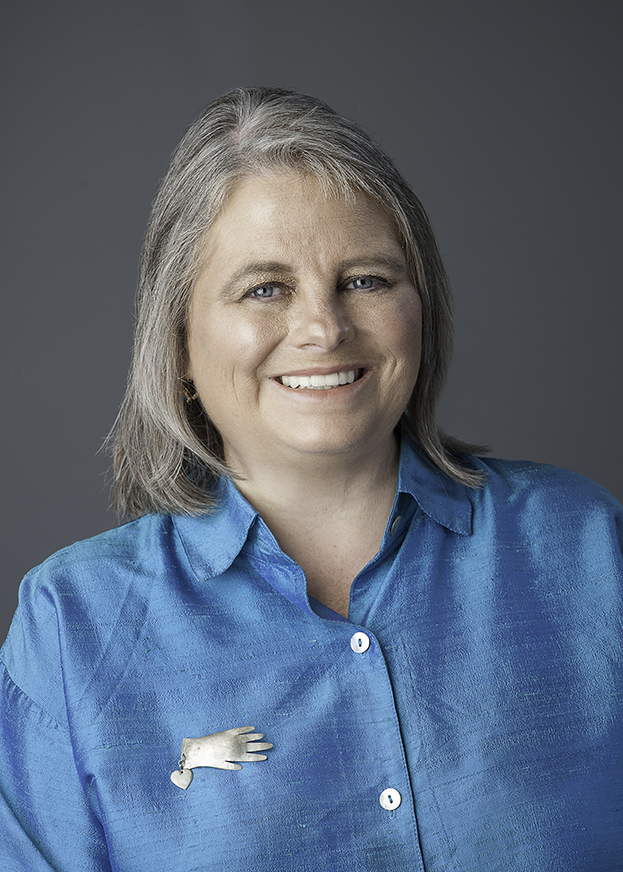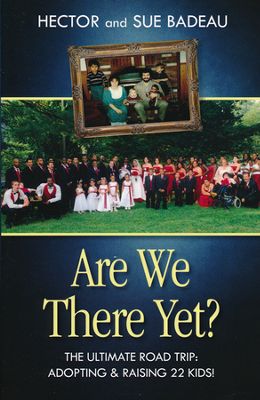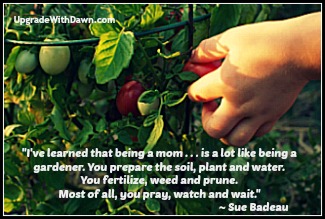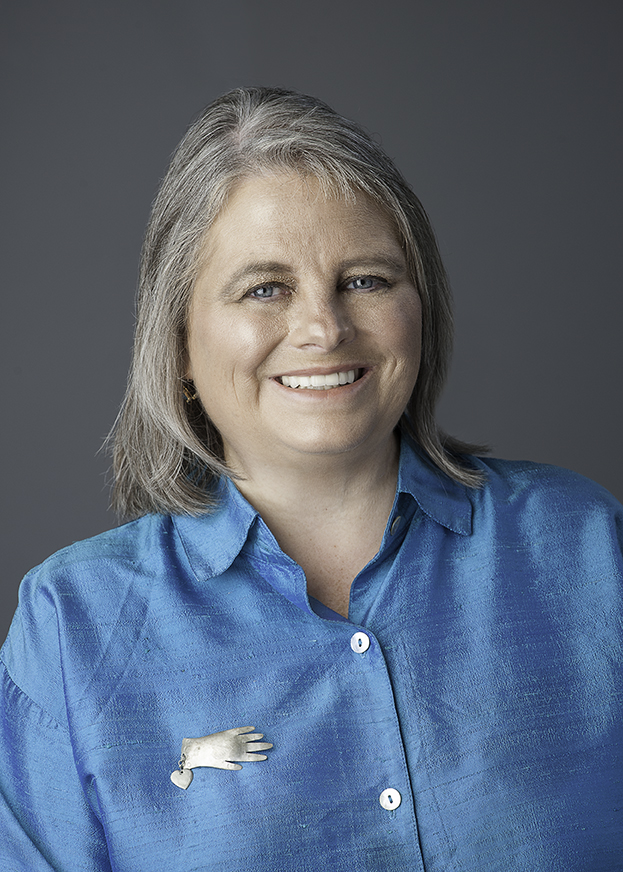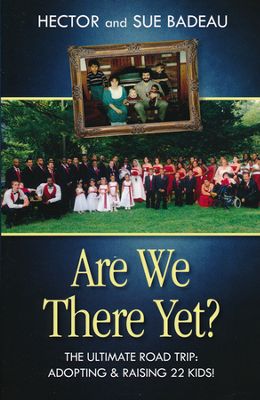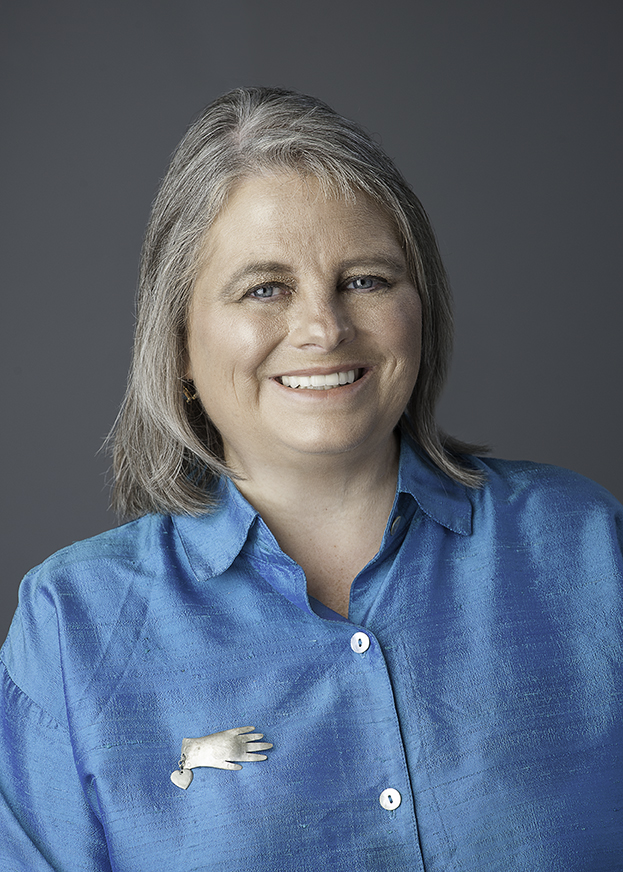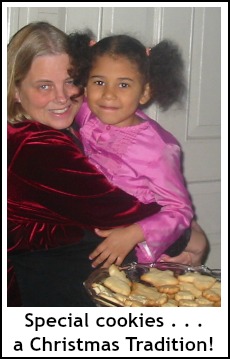The Secret to COMPASS-ionate Ministry
Sue Badeau and her husband are two of the most compassionate people I know. In her Ministry  UPGRADE, we can learn how to pursue more compassion as we serve the Lord.
UPGRADE, we can learn how to pursue more compassion as we serve the Lord.
"As travelers today, we use GPS so we’ll know where we’re going," Sue says, "Yet, I remember traveling with my husband and children using a map, highlighter and compass."
Ever get lost? The first time I (Dawn) got lost, I sure wished I had one! A "compass" can keep us on track in a lot of ways, and Sue describes an important compass for ministry.
She continues . . .
There are many great needs in the world – people who are hungry, without clean water, abused, homeless, wounded – the list goes on and on. It's easy to become overwhelmed.
Jesus calls me to compassion, but where do I begin?In the face of such overwhelming need, can I make a difference?
Sometimes I wish I had a compass pointing me to the "true north" of showing Christ-like compassion in a hurting, chaotic and self-absorbed world.
Compass. Compassion.
These words don’t have the same roots in their original languages, but in English, the similarity gives me pause. Is there a compass to compassion?
Can I find and follow true north, tuning out noisy static and tempting distractions?
A compass is an "instrument for finding direction." God’s Word provides a compass, clearly laying directions to a compassionate life and ministry.
“When He went ashore, He saw a large crowd, and felt compassion for them and healed their sick" (Matthew 14:14 NASB).
A Compass for Compassion
E (East): EMPATHY
Compassion begins with a deep feeling. Jesus felt compassion. He was moved.
No one person, family or church can meet all the needs they encounter. The first secret to a compassionate ministry is to tune-in to those needs that you feel deeply.
My husband once read a letter about refugees. He felt their plight so deeply he was moved to open our home to them. Later, he told me, "I didn’t even have to pray about that one; the letter itself was an answer to a prayer already inside me."
Of all the needs you see, which ones move you most deeply?
S (South): SEEING
Compassion requires seeing the humanity of all people, especially the suffering. Jesus saw first and then was moved. Compassion is never earned and rarely deserved.
The second secret to a compassionate ministry is to see people as precious children of God.
Twenty-five years ago, the woman who started the homeless shelter where my husband works encountered a beggar. She asked his name. He began to cry, saying that no one had asked his name in years. She was the first to see him.
That simple yet profound exchange began a ministry that has served thousands. It began when she was able to see as God sees.
W (West): "WHAT shall I do?"
Compassion always moves us to action. Jesus saw people, felt compassion for them and acted.
The third secret to a compassionate ministry is to act.
Don’t get bogged down in planning, prayer and preparation. Act. DO something.
N (North): "NOT about me."
Exercising compassion can be exhausting, overwhelming and seemingly thankless. Always remember: its not about me.
We are able to feel and act with compassion because Jesus showed us great compassion when we did not deserve it.
True north on the compassion compass will always and continually point to Jesus.
Do you want to have a compassionate ministry?
- Notice what moves you deeply.
- See the humanity and dignity of all people.
- Act on your feelings, and
- Always stay true to Jesus.
What is one example of a need that moves you deeply today? Are you ready to act upon your feelings with compassion?
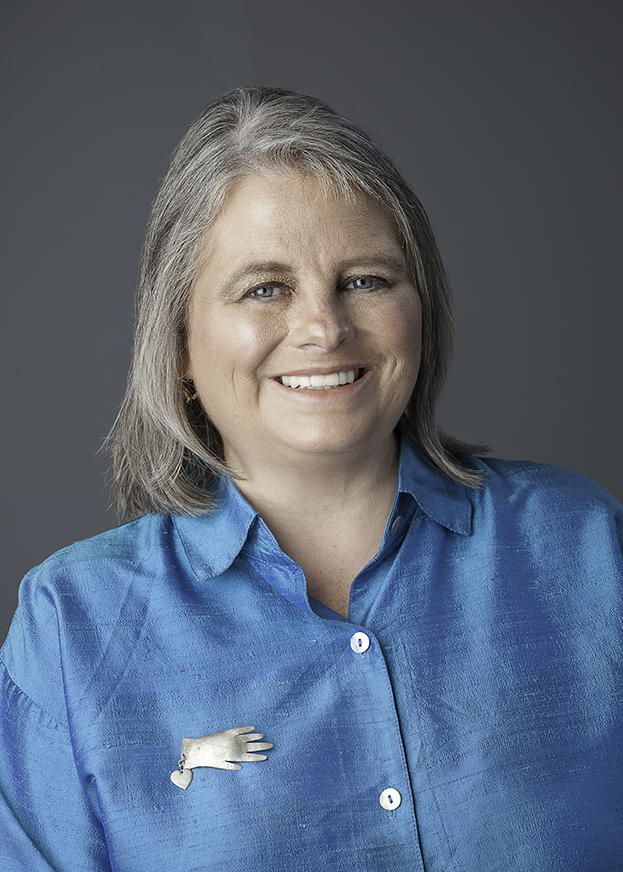 Sue Badeau is a nationally-known speaker, author and child welfare and trauma expert. Sue and her husband Hector are lifetime parents of twenty-two children—two by birth and twenty adopted. They wrote the book Are We There Yet: The Ultimate Road Trip Adopting and Raising 22 Kids. Learn more about Sue at suebadeau.com and badeaufamily.com.
Sue Badeau is a nationally-known speaker, author and child welfare and trauma expert. Sue and her husband Hector are lifetime parents of twenty-two children—two by birth and twenty adopted. They wrote the book Are We There Yet: The Ultimate Road Trip Adopting and Raising 22 Kids. Learn more about Sue at suebadeau.com and badeaufamily.com.
Graphic of compass adapted, from Pixabay.
 1 Comment → Posted on
1 Comment → Posted on  Tuesday, February 16, 2016 at 7:50AM
Tuesday, February 16, 2016 at 7:50AM  Acting on Compassion,
Acting on Compassion,  Compass,
Compass,  Compassion,
Compassion,  Ministry Compassion in Ministry,
Ministry Compassion in Ministry,  Seeing Like Jesus,
Seeing Like Jesus,  Sue Badeau,
Sue Badeau,  Upgrade with Dawn Upgrade Your Life
Upgrade with Dawn Upgrade Your Life  Ministry,
Ministry,  Spiritual Life
Spiritual Life 





